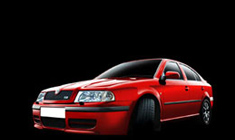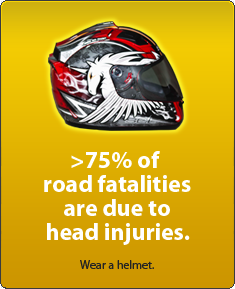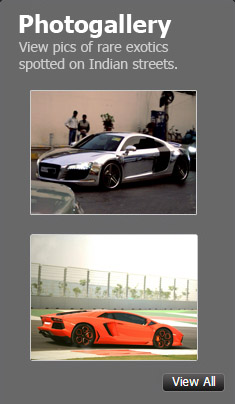News
ZF Group developing new technology to turn EVs into hybrids
This is not ZF’s first foray into electric vehicle tech. It had developed the 2019 Mercedes-Benz EQC EV's all-electric powertrain.
The ZF name has been synonymous with their automotive technologies, especially building transmissions and gearboxes for BMWs and other European cars.
With hybrids and EVs starting to emerge as strong contenders in the market, the ZF Group is now taking a new direction forward. It has tapped its Chinese developers to create new EREV, or extended-range electric vehicle, technology for future production cars.
This is not ZF’s first foray into electric vehicle tech. It had developed the 2019 Mercedes-Benz EQC EV's all-electric powertrain, and it has already been supplying its first, early EREV system in new London taxis for years.
EREV powertrains work by having a petrol engine block fire up and charge a battery pack, which then powers electric axles that drive the wheels. The petrol engine is not directly connected to the wheels in most EREV applications. ZF Group offers a choice between its electric range extender (eRE) and electric range extender plus (eRE+) systems.
The standard eRE system connects the electric motor at the axle with an integrated inverter, planetary gear set, and the software necessary to run the system. In the eRE+ system, there is an added clutch and a differential, for use as an additional secondary drive if required. Both systems are said to be adaptable to existing OEM electric architecture, 400V or 800V setups, and various semiconductor types. This should make them highly compatible with manufacturers potentially looking for a plug-and-play solution to catch up in the EREV hybrid market. Output ranges from 70 to 110 kW (eRE) or 70 to 150 kW (eRE+).
An OEM can take the existing vehicle architecture and just add the new ZF components and make the desired tweaks, thus having an all-new model or variant to produce. ZF says the new systems will go into production in 2026. However, it is not clear if it will be as a supplier component or if it'll be in a next-gen production vehicle from an OEM by that date.
Source: Carbuzz





_1.jpg)





_1.jpg)







